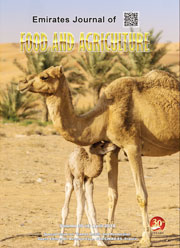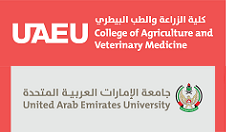RECENT ACHIEVEMENTS IN DATE PALM (PHOENIX DACTYLIFERA L.) MICROPROPAGATION FROM INFLORESCENCE TISSUES
DOI:
https://doi.org/10.9755/ejfa.v25i11.16659Keywords:
floral explants, in vitro, organogenesis, selected genotypes, vitro plantAbstract
The Moroccan demand for date palm plants over the next decade is estimated to be 2.9 million. To fulfill this huge demand, the use of rapid micropropagation techniques is an objective of great interest. Generally, date palm micropropagation is performed from offshoot tissue. However, in the case of some rare genotypes, this technique is inefficient because only limited numbers of offshoots are available. To overcome this problem, a new technique based on the use of emerged inflorescence tissue was developed. The research activities resulted in a completely successful process starting from plant material excision to plant acclimatization and field planting. The technique was used for the micropropagation of 16 date palm genotypes with good fruit quality. To date, hundreds of well-acclimatized plants belonging to 9 genotypes have been produced. In addition, clusters of buds of 3 selected genotypes and Medjool cv. were produced and transferred to a private laboratory for mass propagation. In vitro plants needed to test for bayoud disease resistance of 6 selected genotypes were produced using this technique. Since 2001, well-acclimatized in vitro plants were gradually transferred to the field to study their behavior. Inflorescence-derived plants have shown normal growth and no abnormalities. Fruit set of planted palms started in 2005. In the present paper, micropropagation with inflorescence tissue as well as the related major achievements are presented.










 .
. 